Of all the gemstones and precious metals available, pearls are one of the most unique as they grow inside of a mollusk. Pearls can occur naturally or artificially by inserting a bead of polished shell into an oyster to stimulate growth. Whether you prefer natural pearls or cultured, these classically elegant gemstones never go out of style.
SHOP PEARLS

Pearl Facts
A Guide to Types of Pearls
Types of Pearls
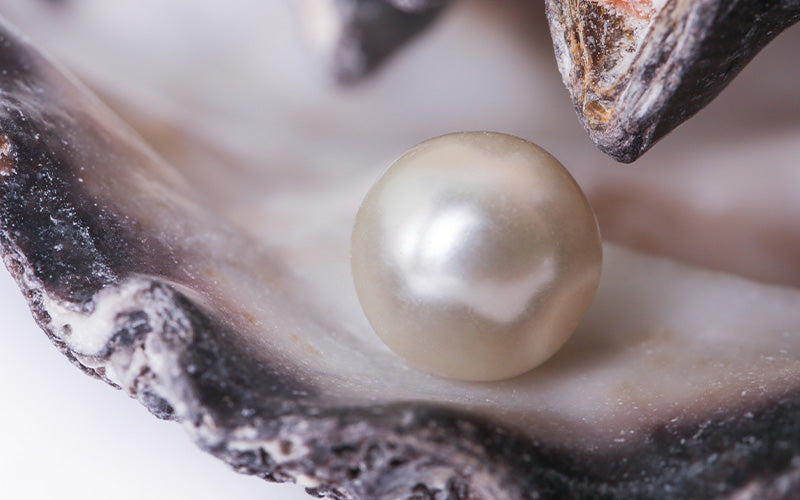
Saltwater
The roundest and most lustrous pearls are cultivated in saltwater environments from oysters that inhabit the oceans of the world. These include Ayoka, Tahitian and South Sea pearls. Saltwater pearls are highly sought after because of their color, luster, shape and size.
Freshwater
While pearls do occur naturally, the majority of these gemstones are cultured in different areas of the world. Freshwater pearls are the product of mollusks that live in lakes and rivers. They tend to be smaller and irregular shaped than their saltwater counterparts.
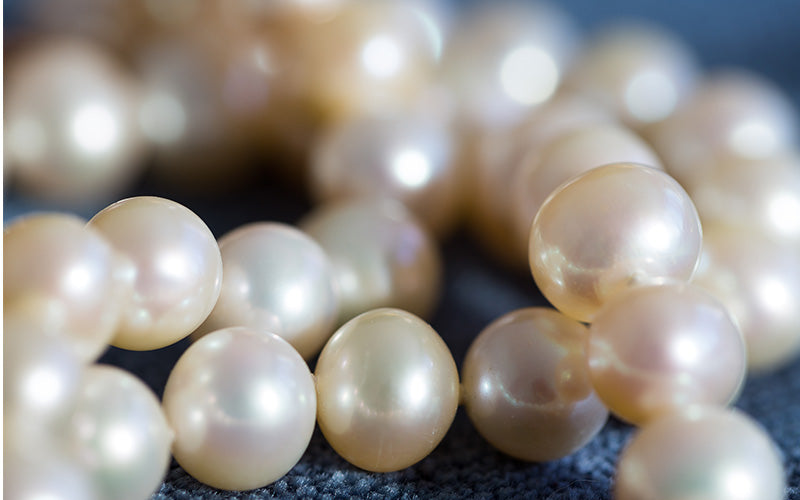
Qualities of a Pearl
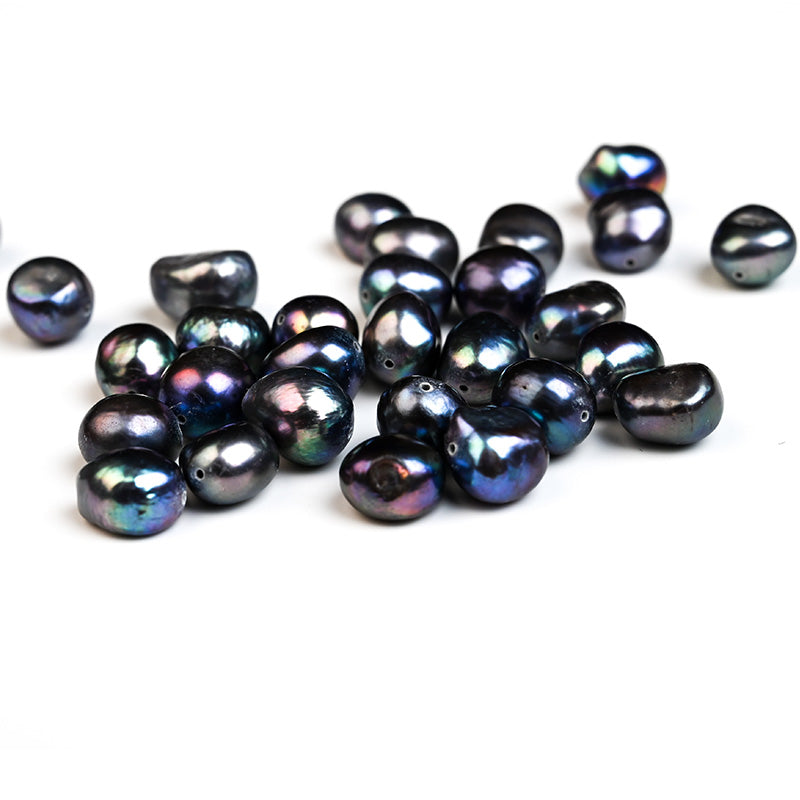

Color
Pearls are produced in a variety of colors. Most range from white, cream, and yellow to pink, silver, and black. Color variation does not decrease the value of the pearl, but is important when matching pearls to be used in strands, earrings, bracelets and more.
Luster
A pearl's luster is the result of multiple layers, also called the nacre (NAY ker), that the oyster or mollusk secreted to make the pearl. The thicker the nacre, the more luster a pearl has. You will notice the luster as the deep sheen that reflects light on the surface of the pearl.
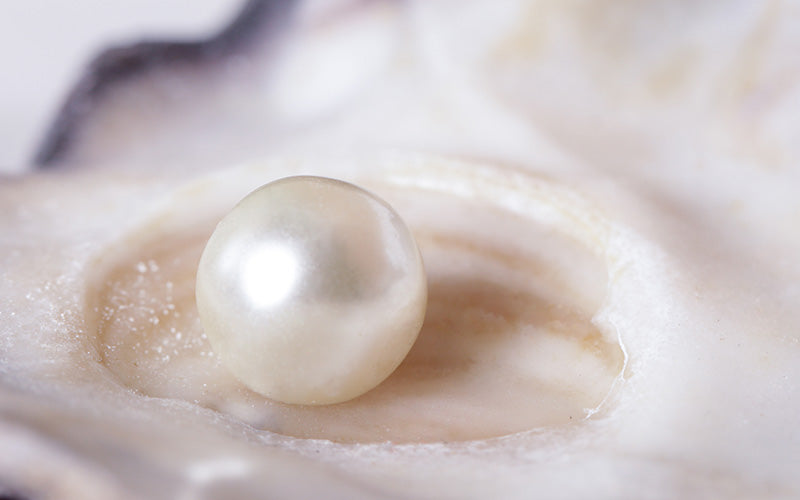
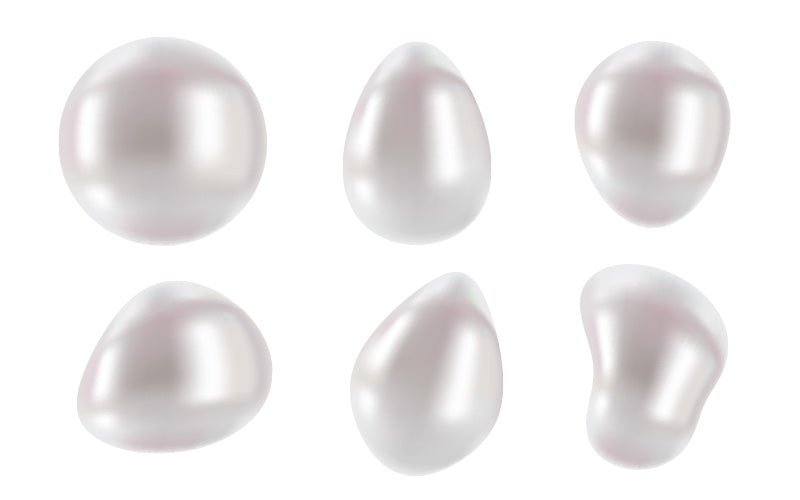
Shape
Pearls come in a variety of different shapes. The most coveted of these is round. Akoya, Tahitian, and South Sea pearls are most often the roundest of the pearls. Other irregular shapes are available often making for beautiful, unique jewelry while providing you with different price options.
Surface
Because pearls rely on an uncontrollable environment in which to grow, very rarely will you find a perfect pearl. The surface of a pearl may not always be smooth, often including spots, bumps, etc. The beauty of these pearls may be enhanced by the ability to sometimes be camouflaged during the stringing and setting process.
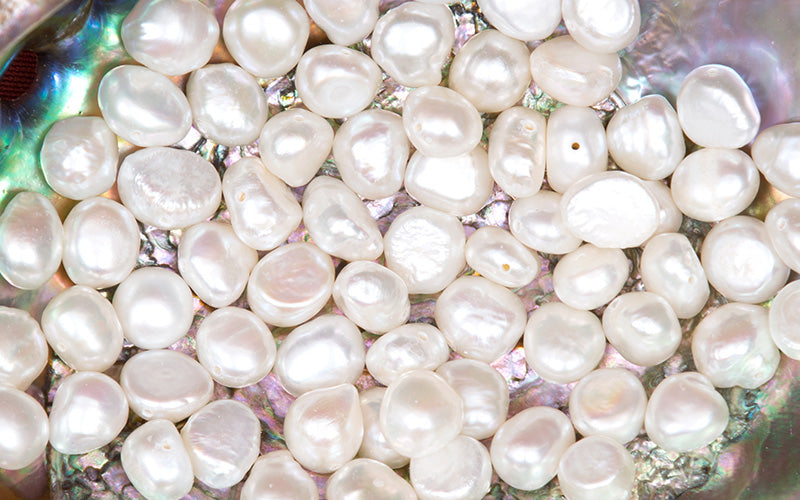
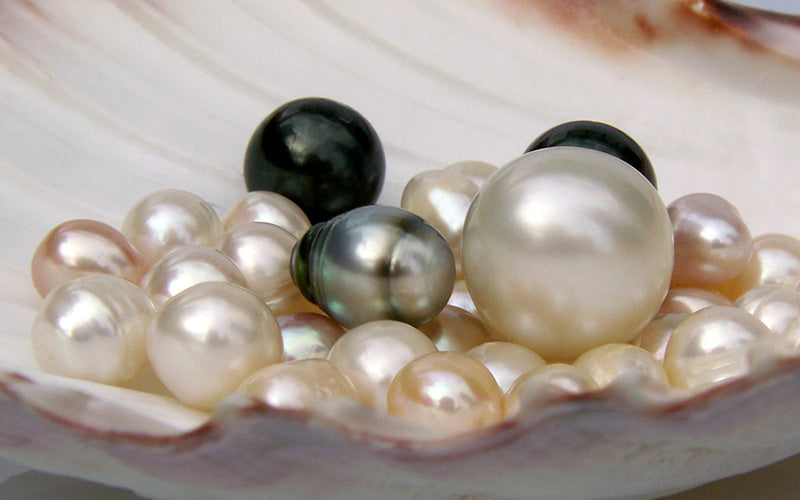
Size
The size of the oyster or mollusk that a pearl is produced within will have a direct effect on the size of the pearl. The size alone may not greatly impact the price of a pearl, but when you combine it with a perfectly round shape and beautiful luster, the value will dramatically increase.